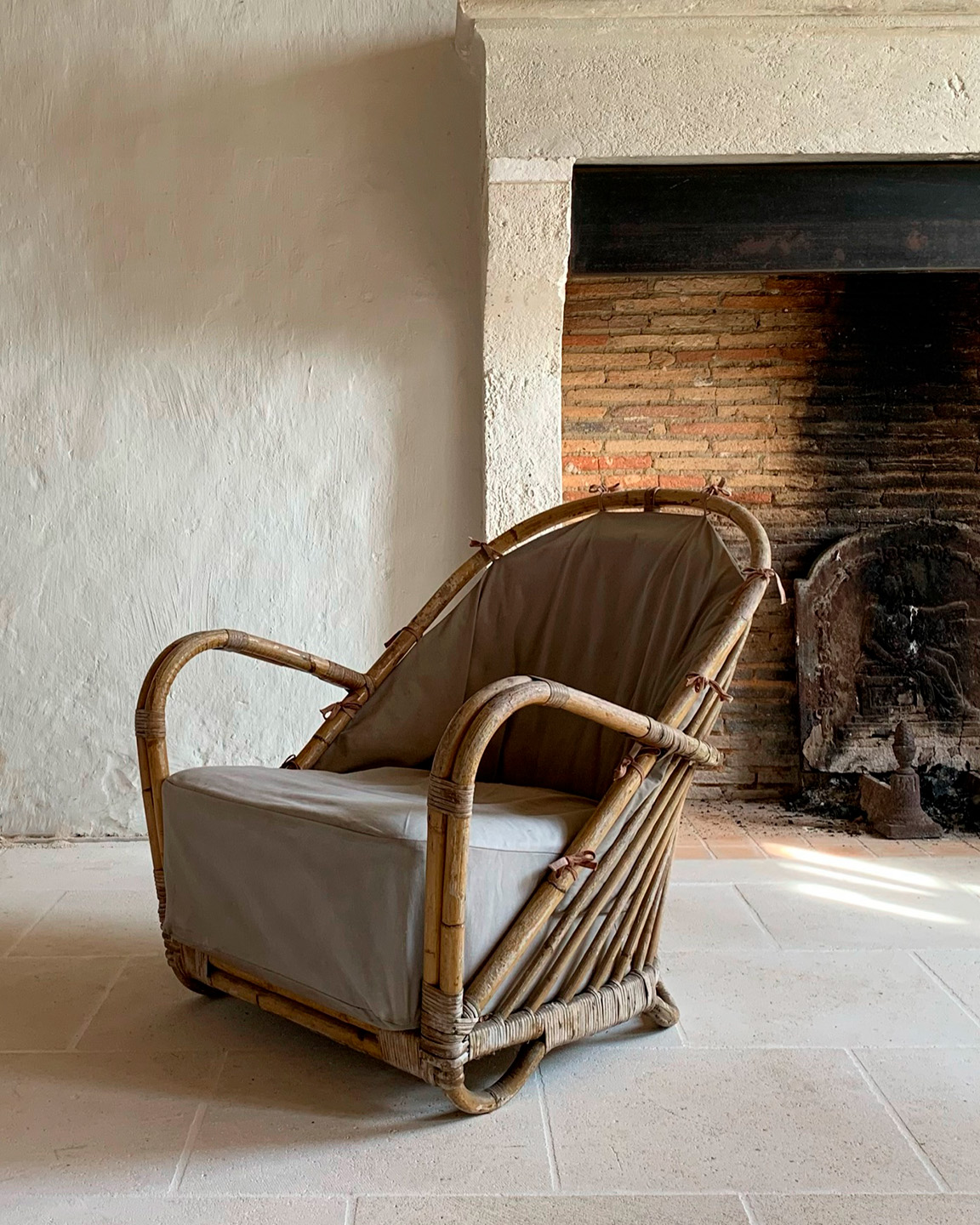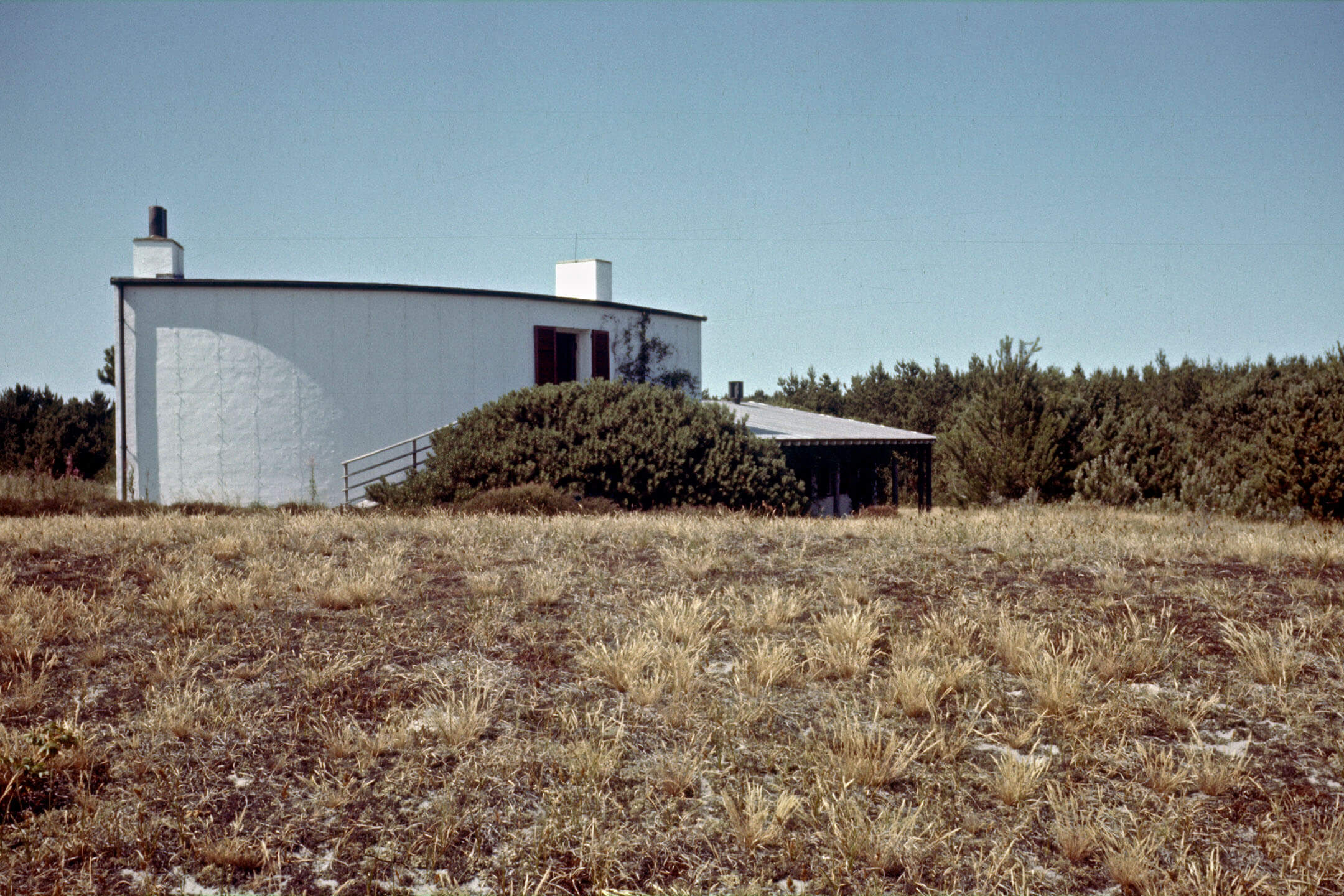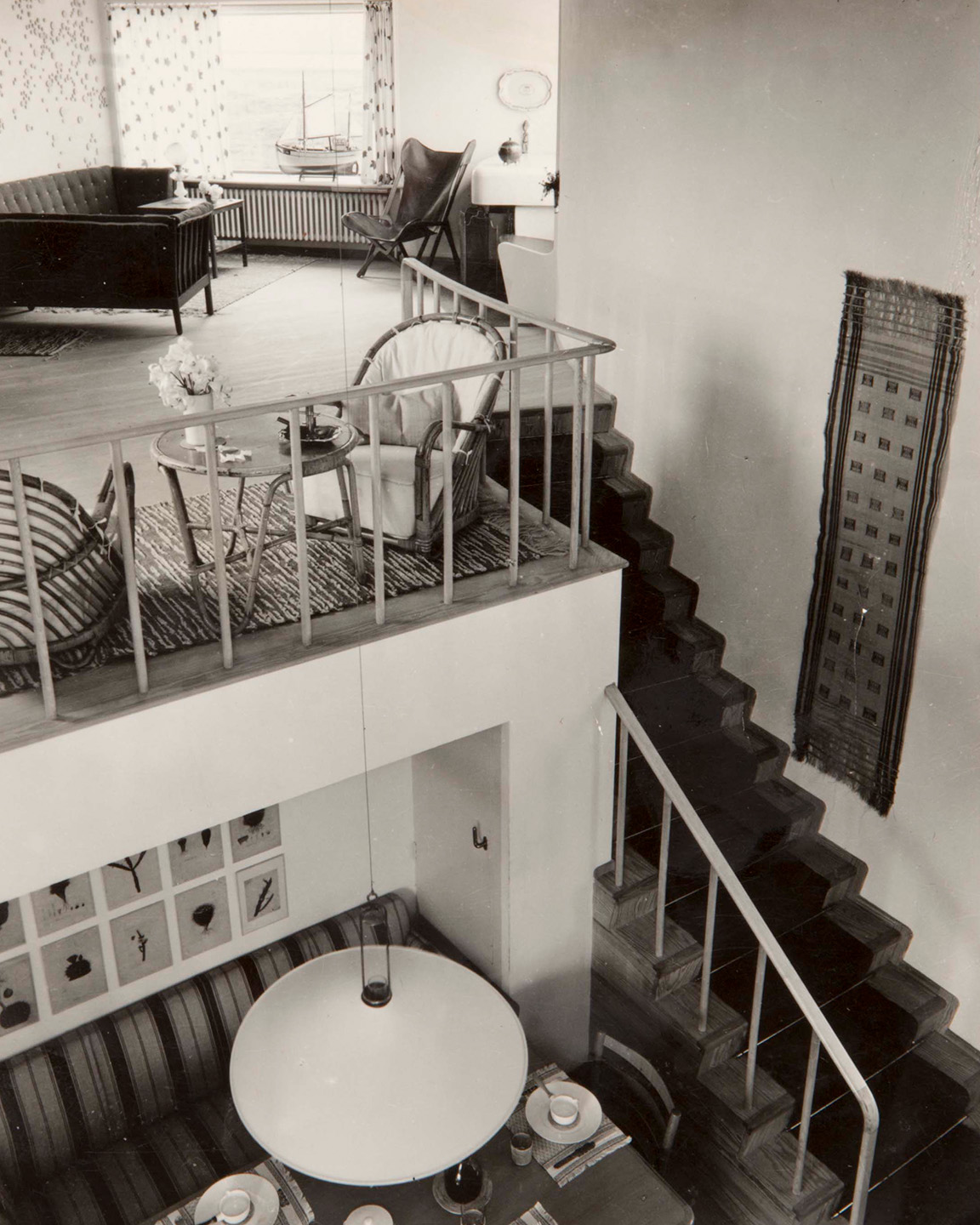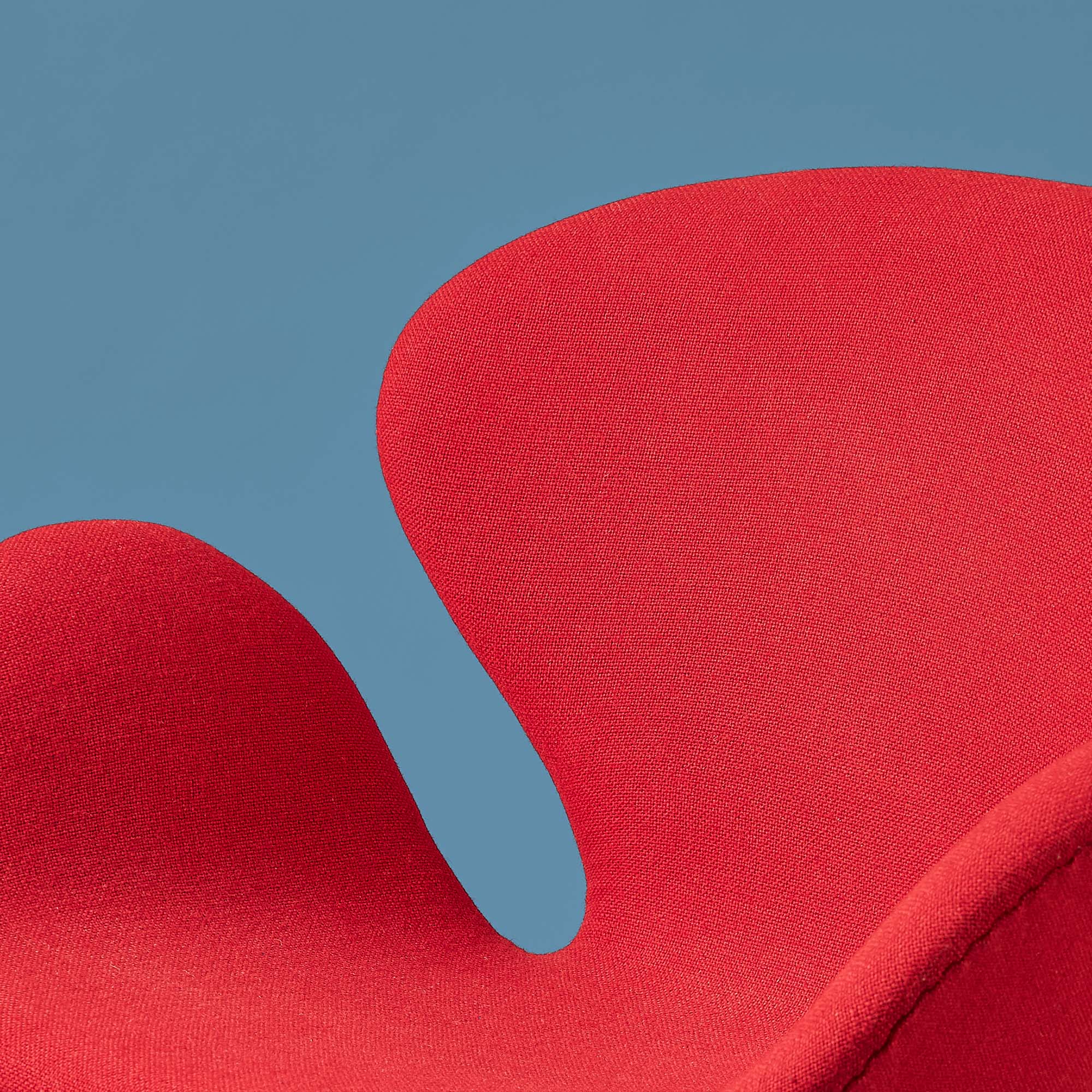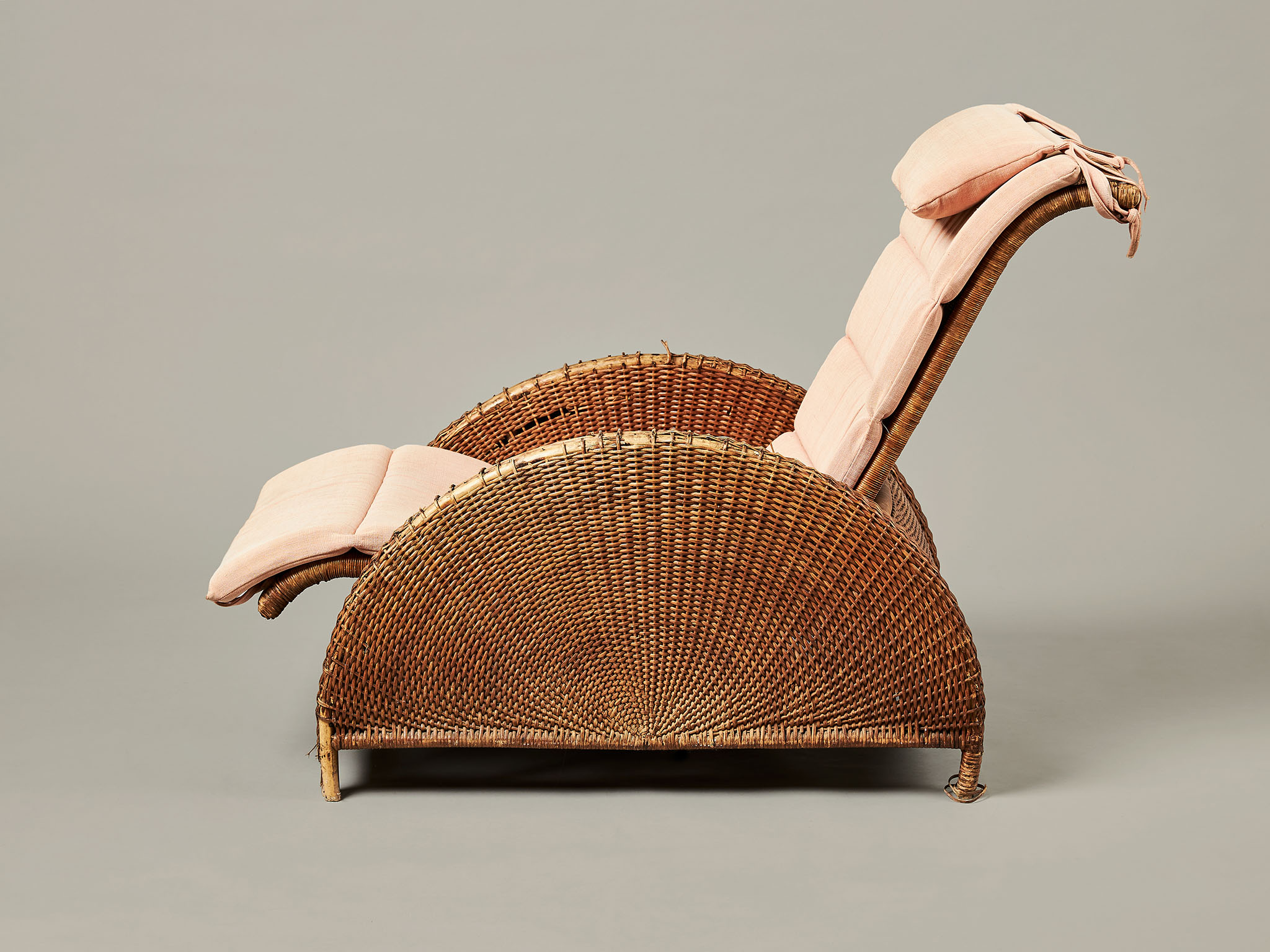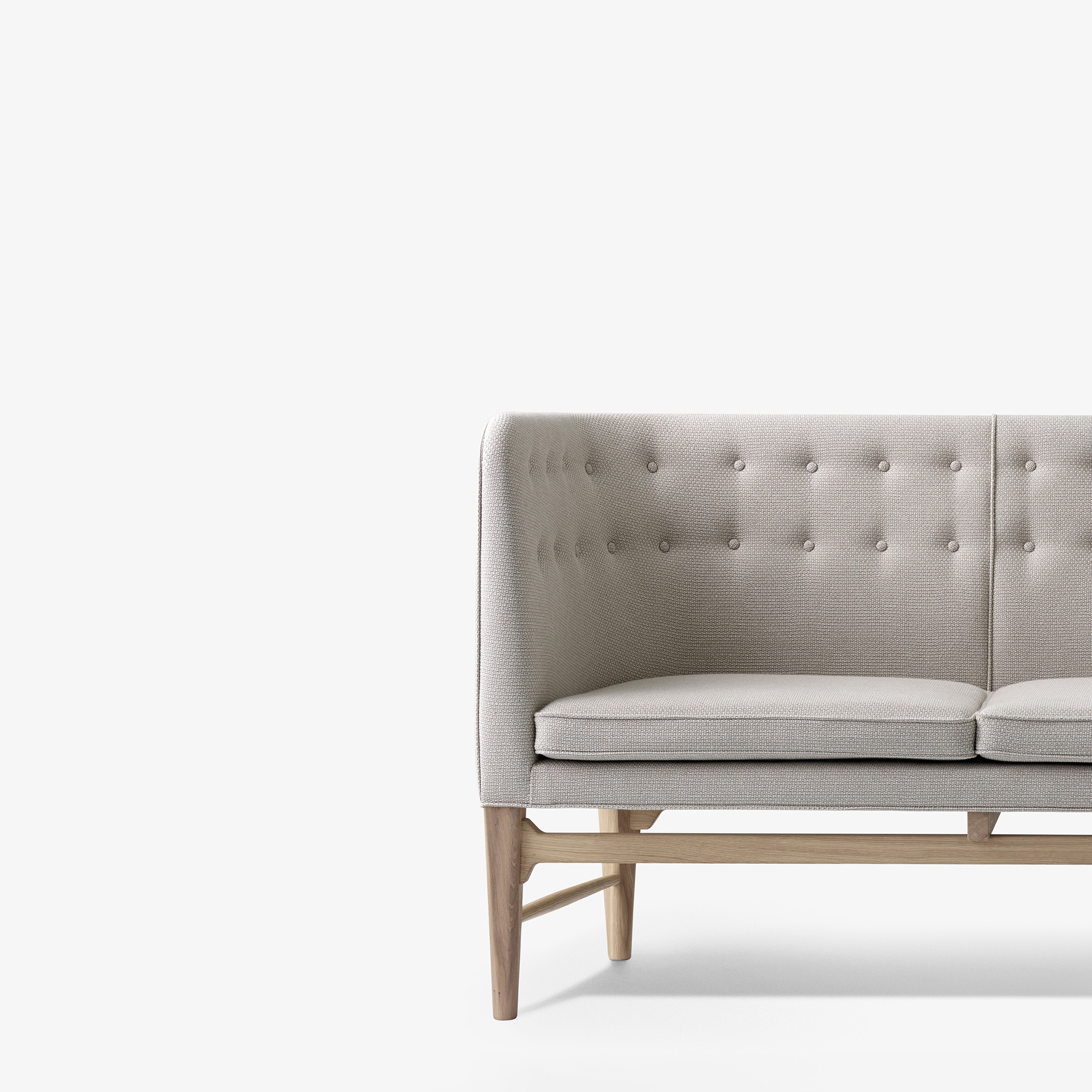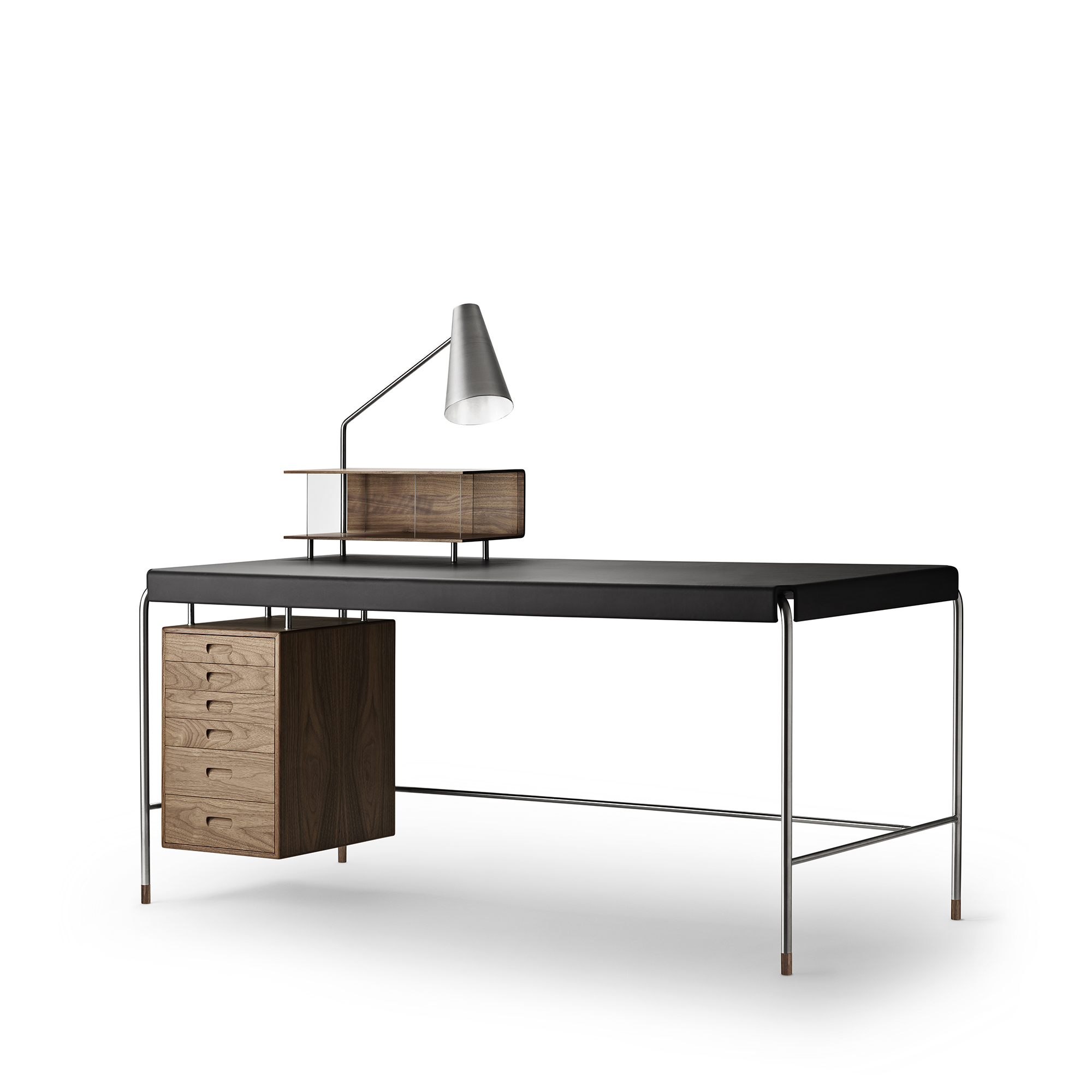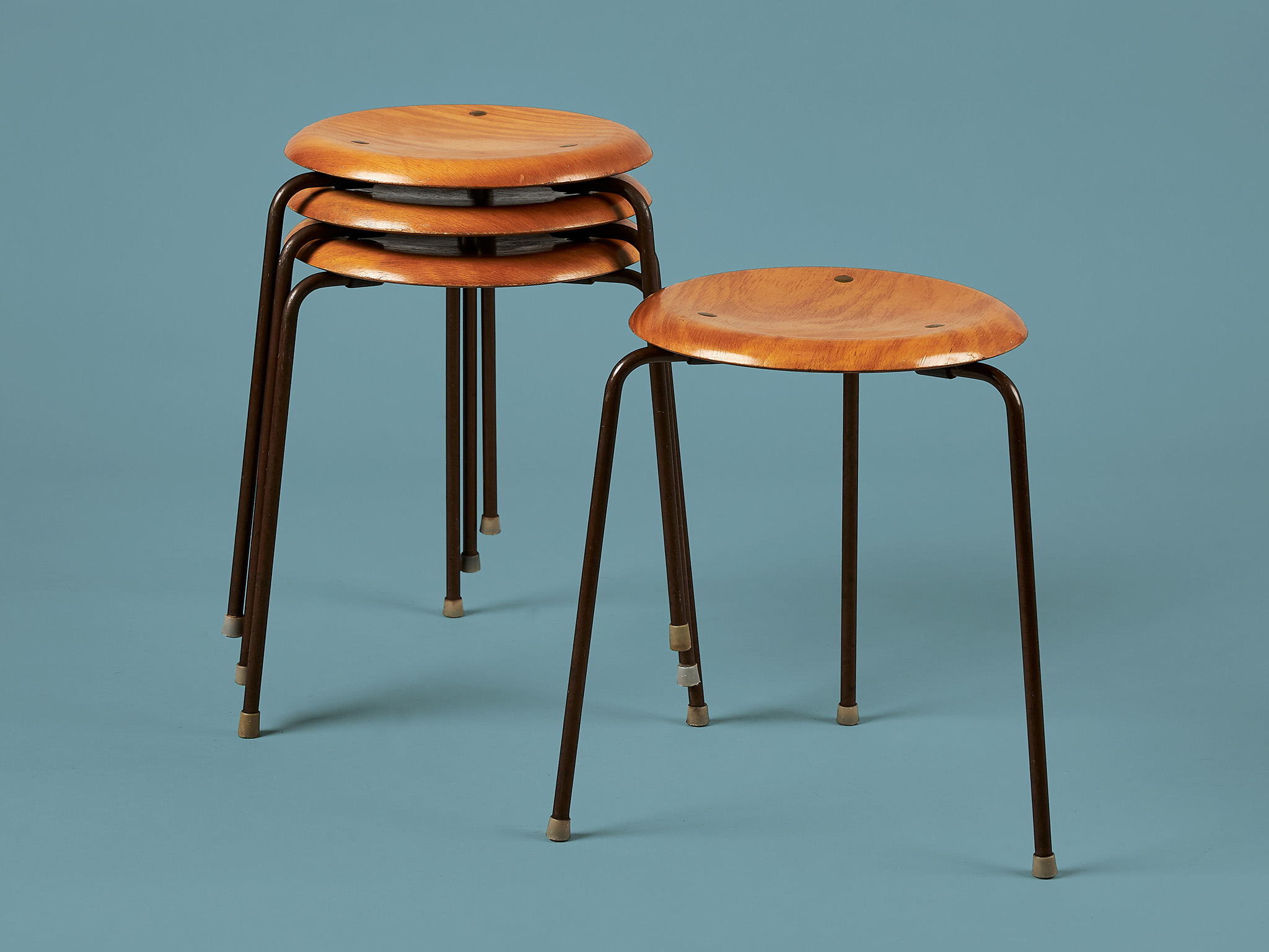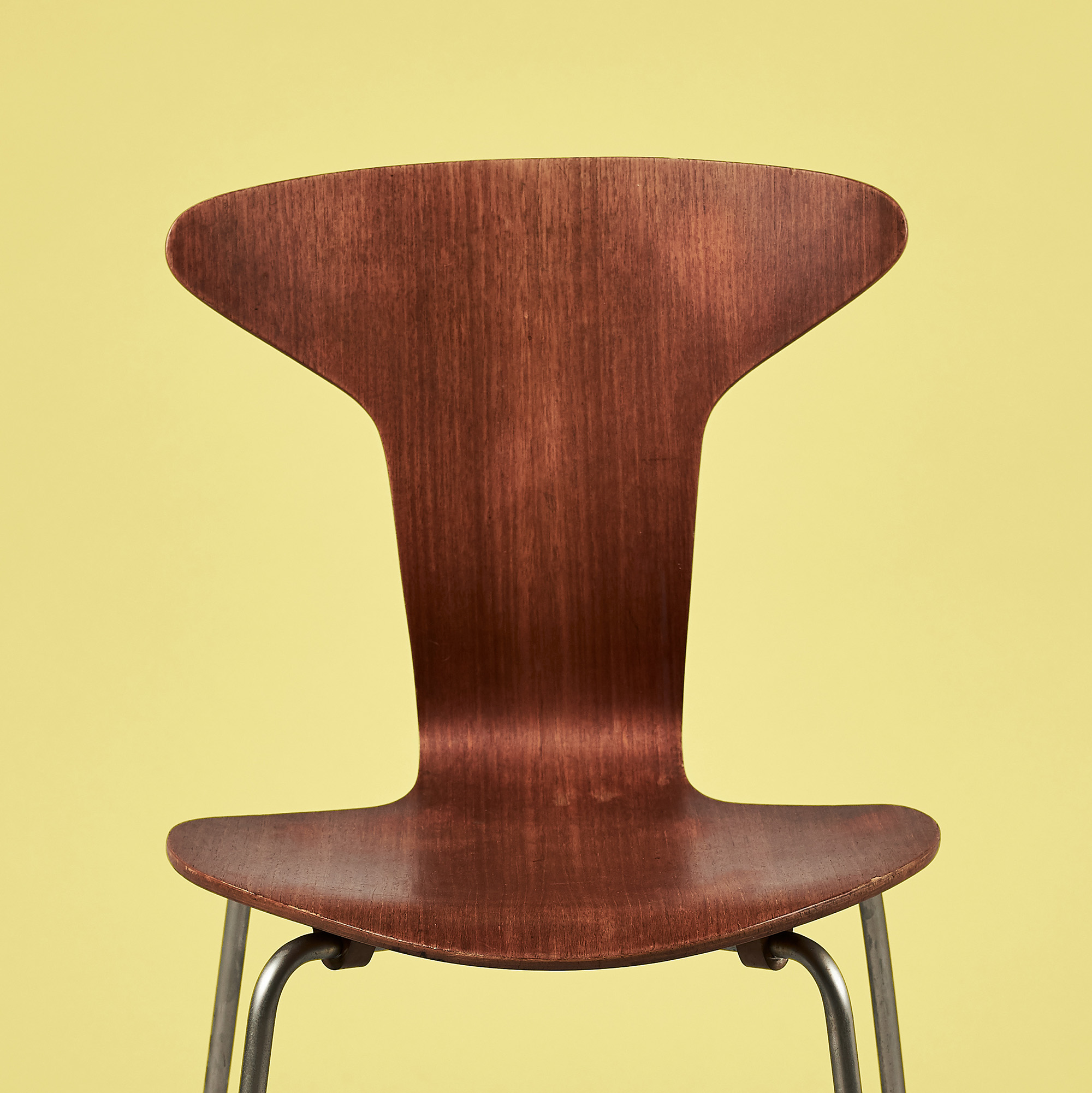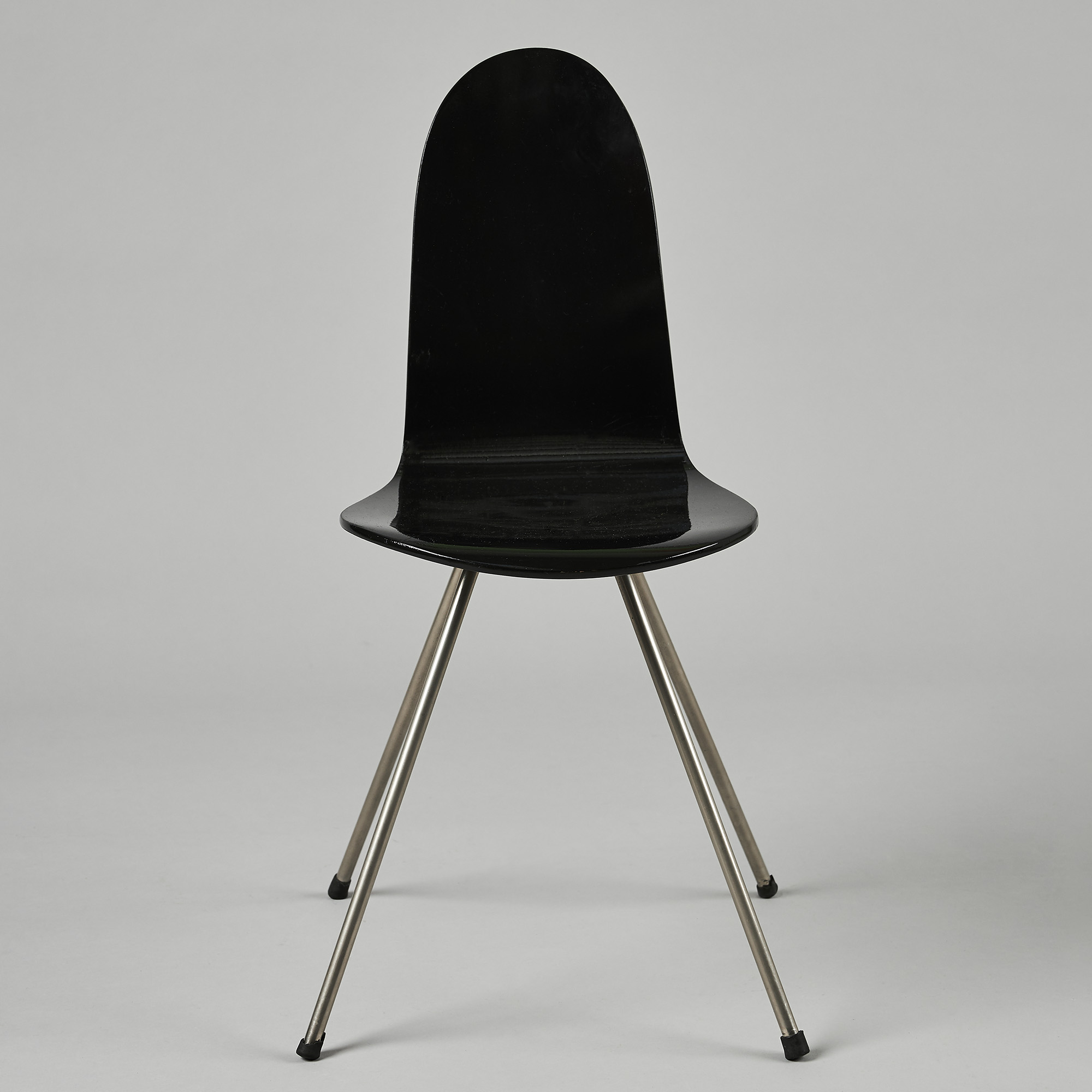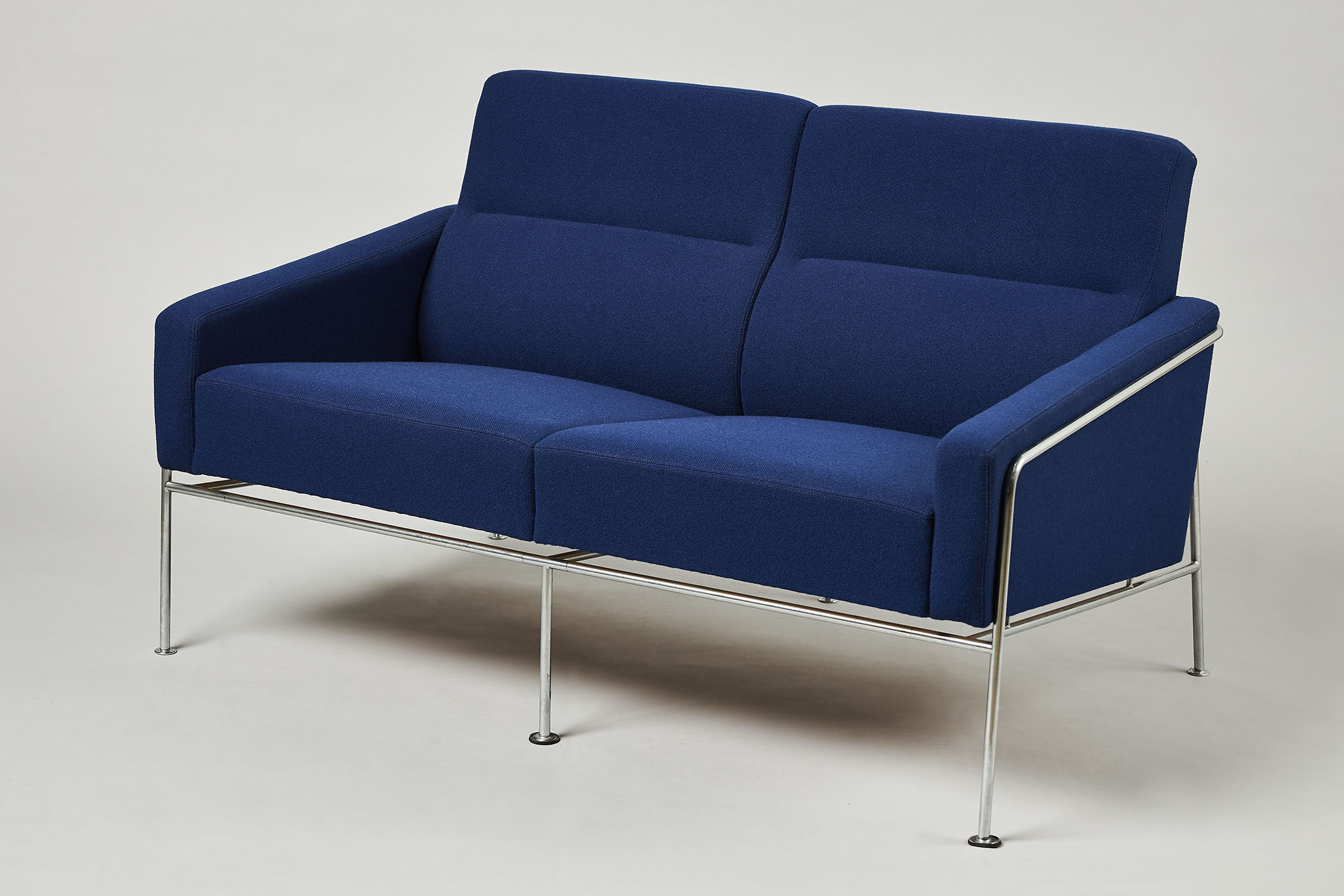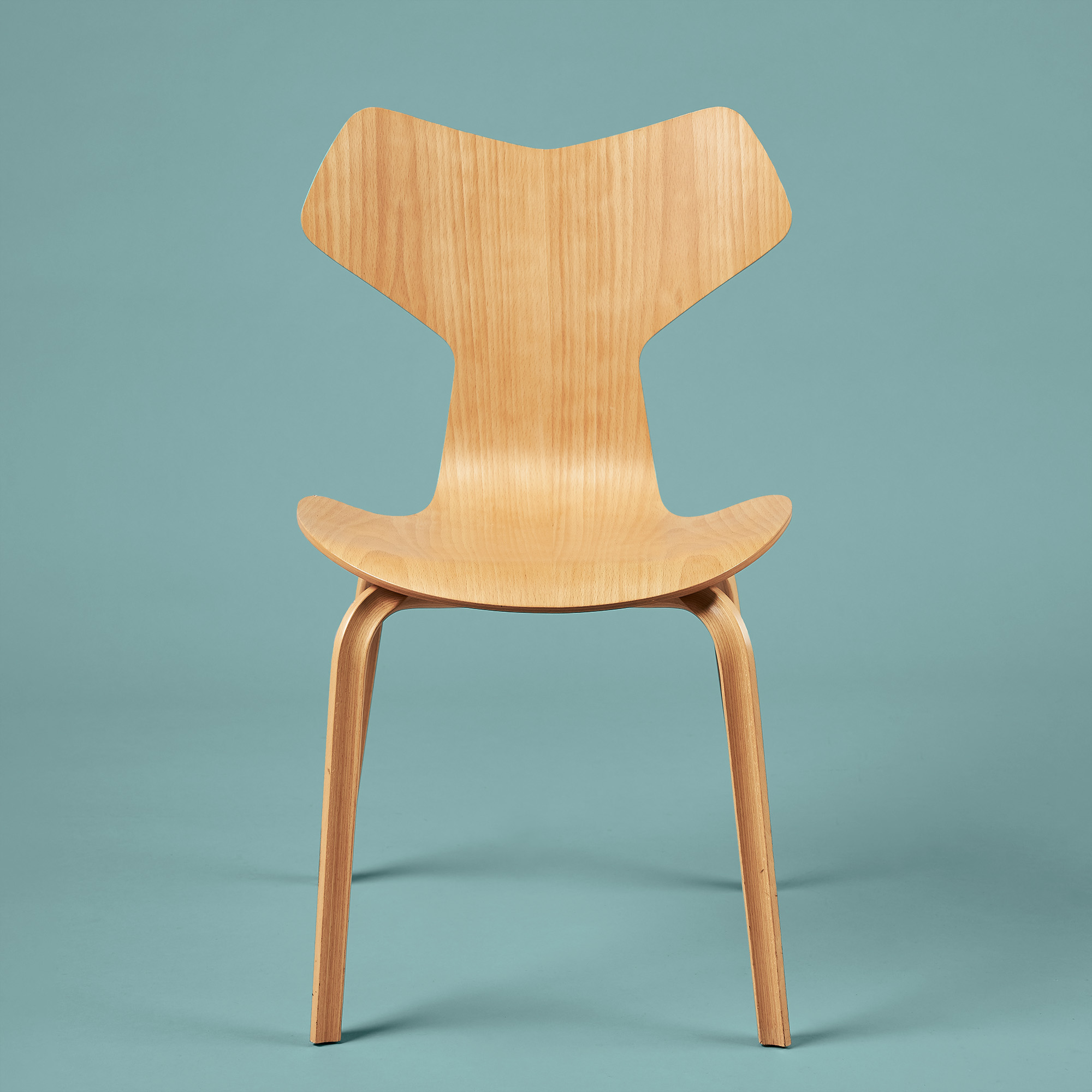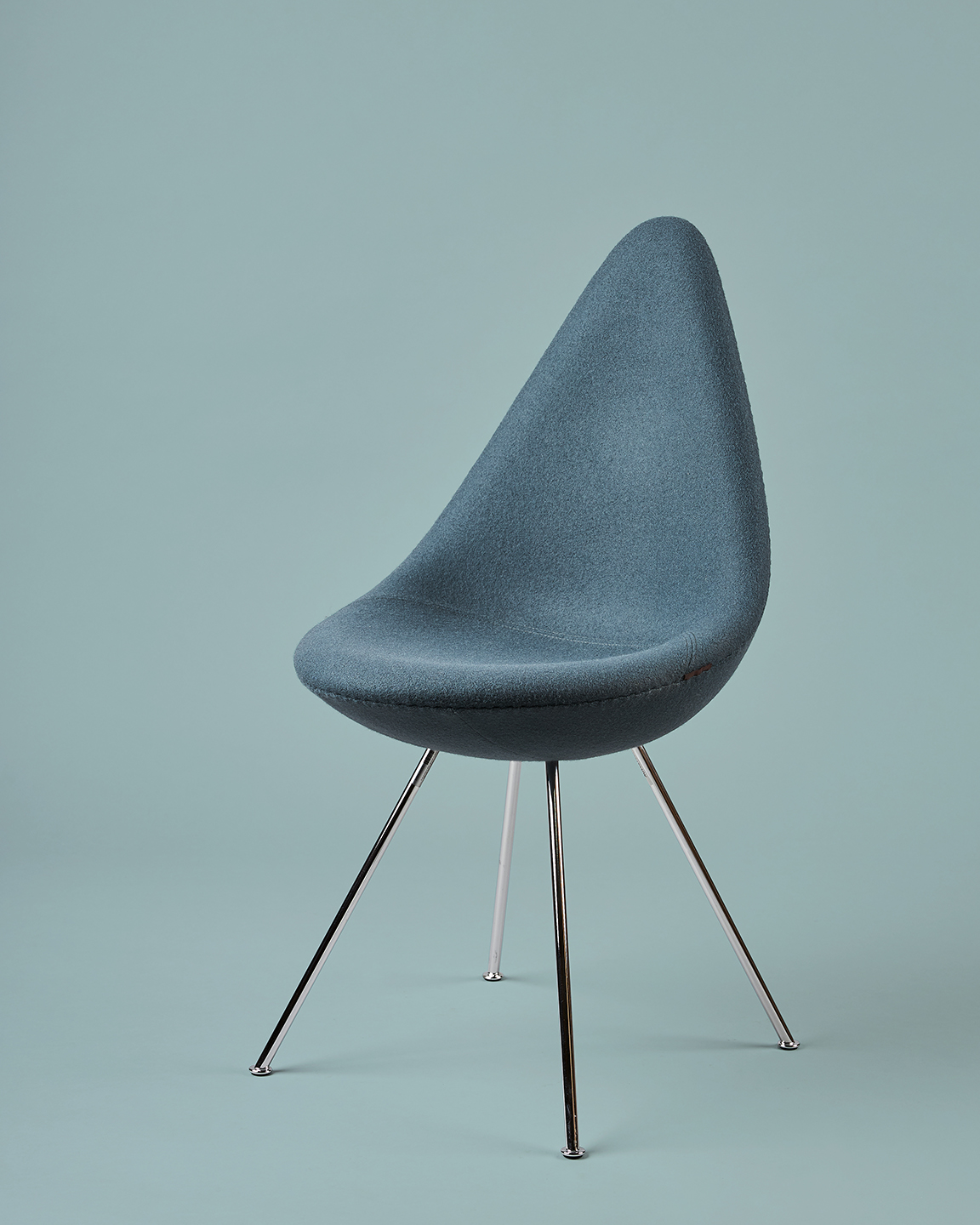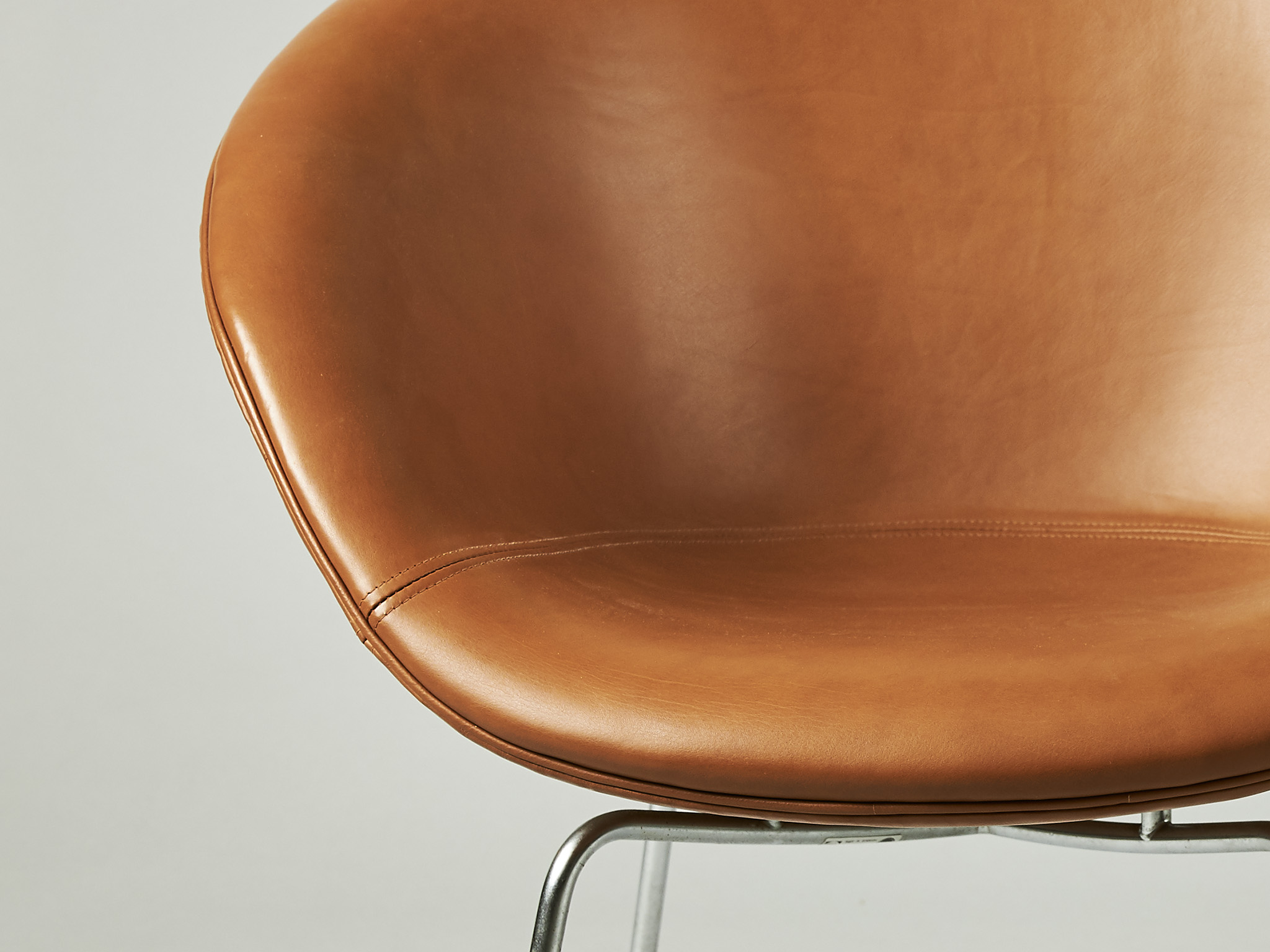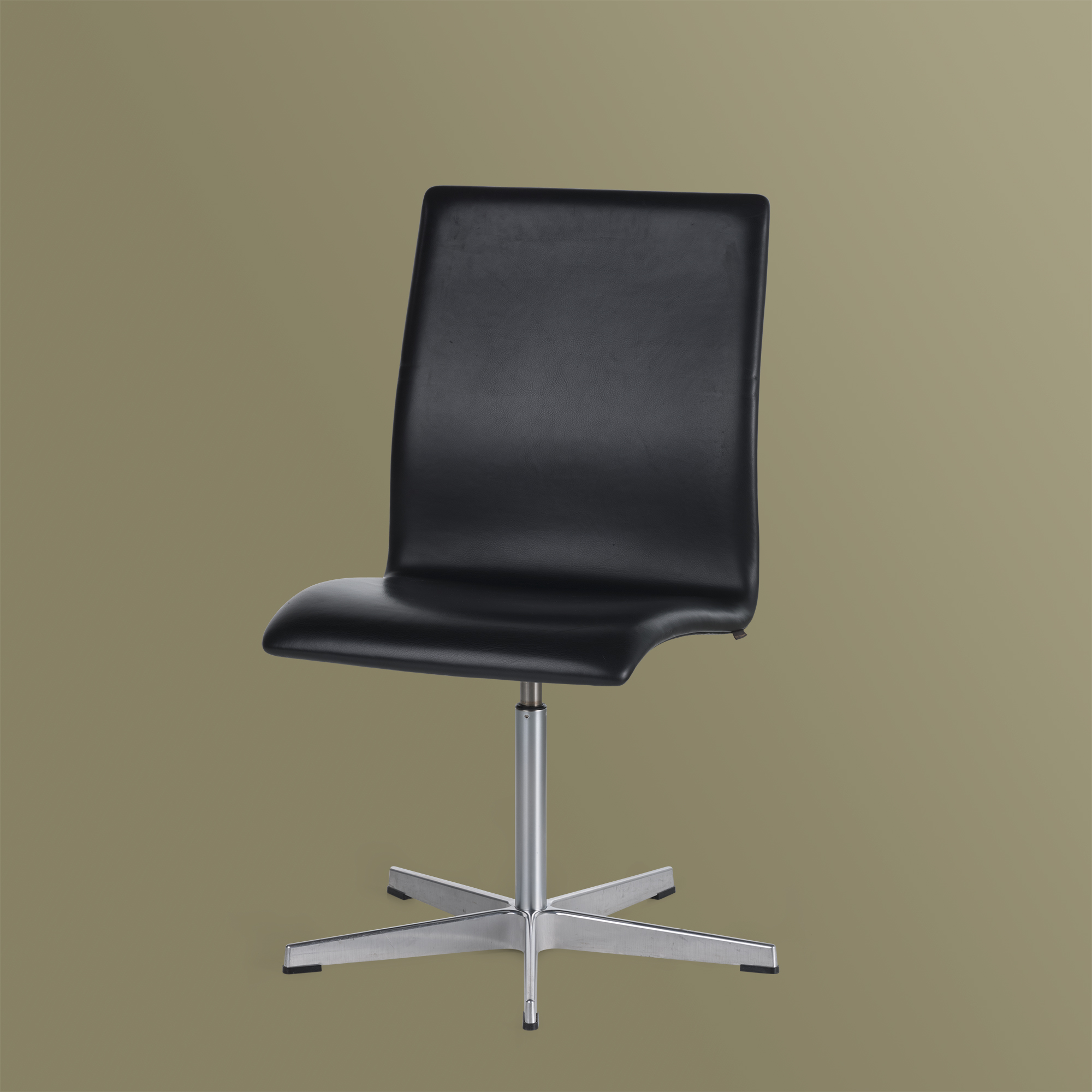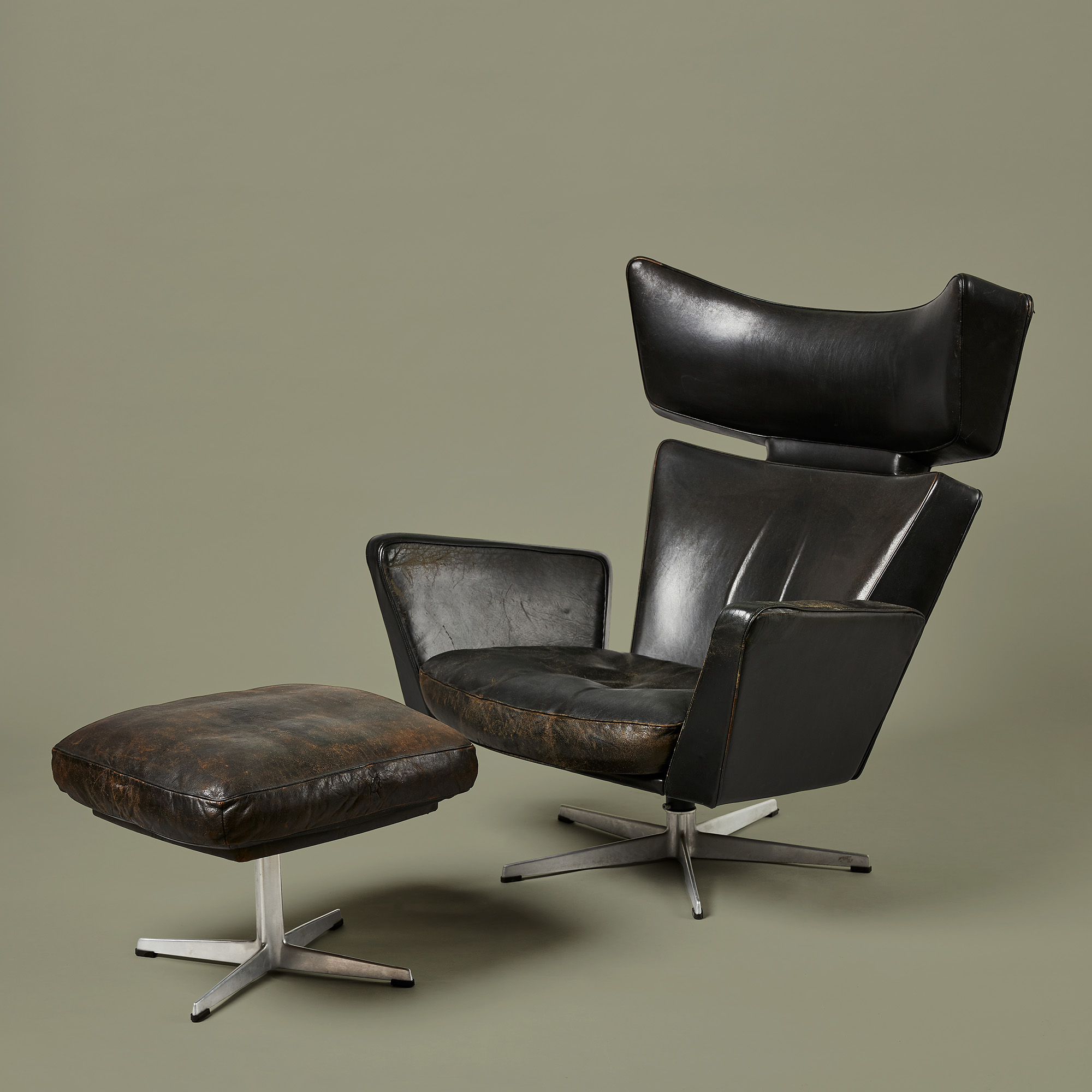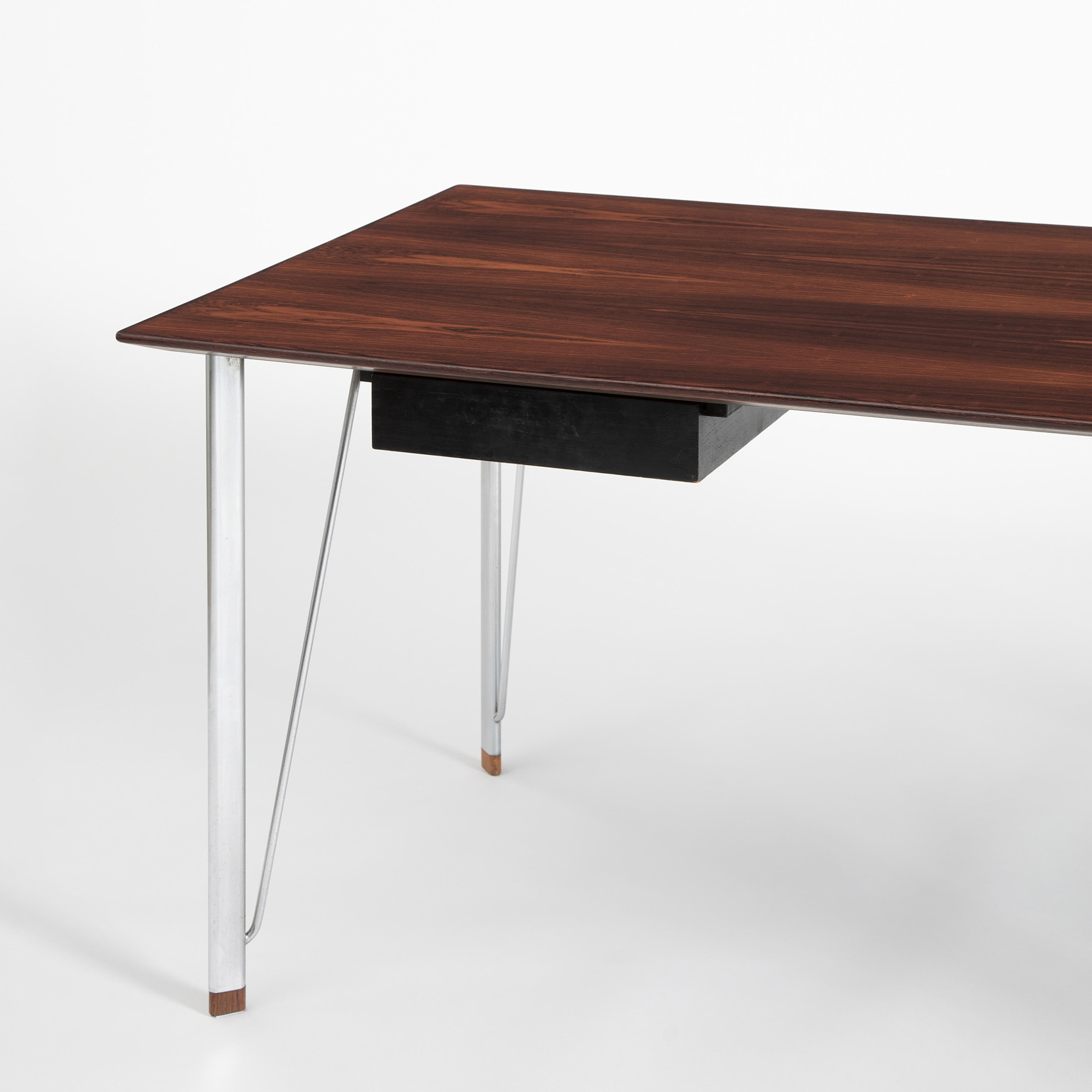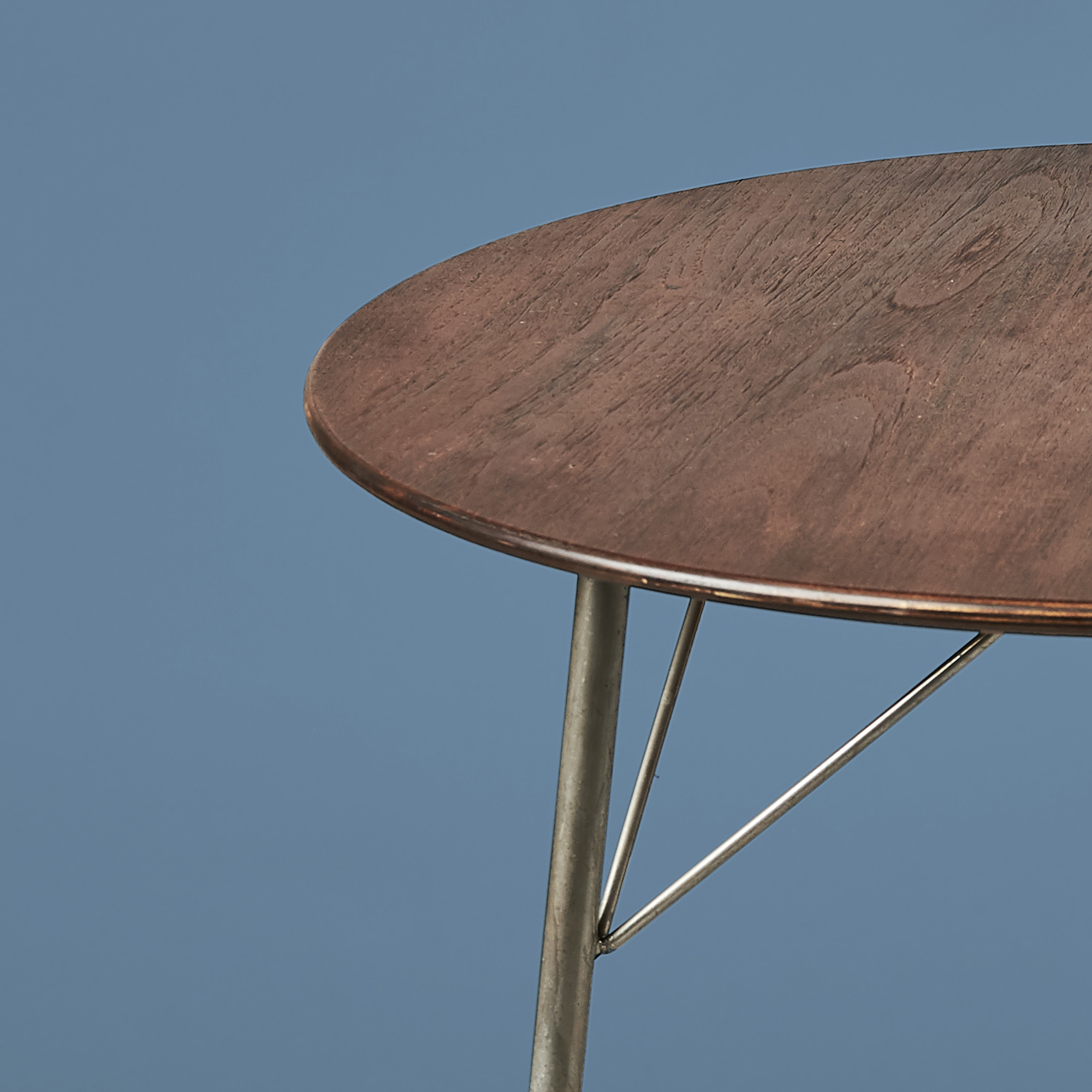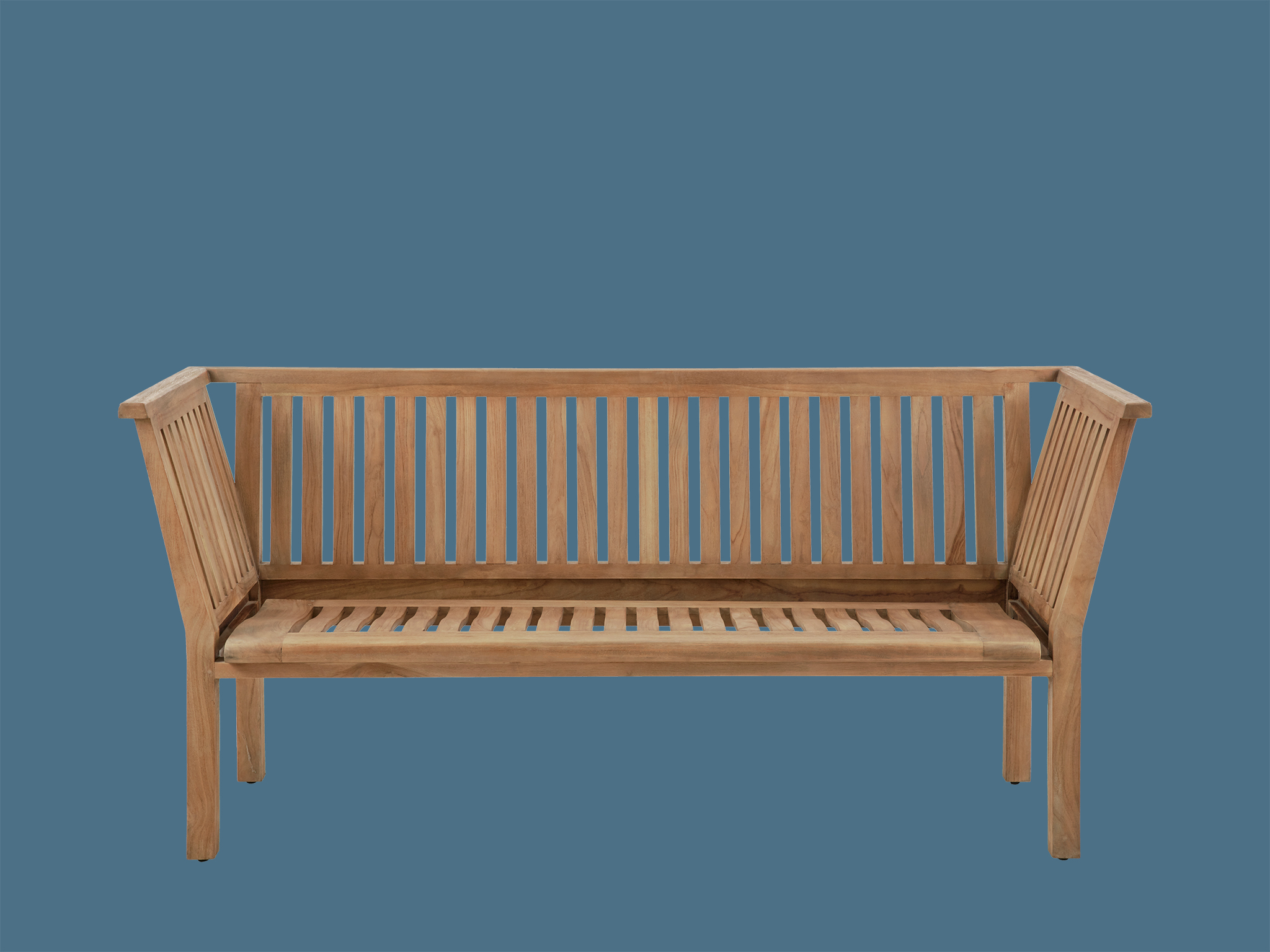During the 1920s, Danish architects took an interest in wicker furniture, which offered an alternative to the padded living room suites with heavy wooden frames that were common at the time. In lightweight materials, such as bamboo and rattan, Arne Jacobsen saw an opportunity to create light, modern furniture that matched the new functionalist houses he was designing during the 1920s and 1930s.
The Charlottenborg chair was not designed for a specific building but takes its name from the Charlottenborg Spring Exhibition, where it was exhibited in 1937. Arne Jacobsen used it in the design of the Danish pharmaceutical company Novo’s diabetes sanatorium ‘Hvidøre’ and also had several of the chairs in his private home, both in his summer cottage at Gudmindrup Lyng, from 1938, and later in his terraced house at Strandvejen 413.
